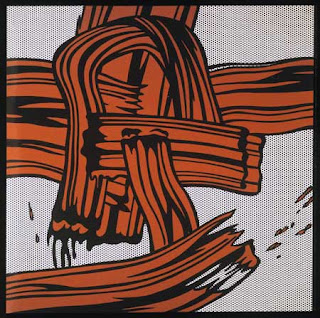Type is a modern obsession, there are many types such as:
- Old style
- Transitional
- Modern
- Slab serif
- Humanist sans serif
- Gothic (blackletter)
Type is what language looks like.
Typography is the craft of enduring human language with a durable visual form.
Mesopotamia (ancient sumer) 3200 BCE (and Mesoamerica around 600 BCE)
Occidental (western)
All that is necessary for any language to exist is an agreement amongst a group of people.
True alphabets consistently assign letters to both constants and vowels on an equal basis.
The first true alphabet was the Greek alphabet, which was adapted from the Phoenician.
Pictures developed into diagrams which then made symbols and finally, letters.
The alphabet was made by the verbal language in written form.
It doesn't matter what order the letters are in a word, as long as the first and last letters are in the correct place, we can still read it correctly. This is because the mind reads the word as a whole and not individually.
Typography is the art and technique of printing with movable type, composition of printed material from movable type and the arrangement and appearance of printed matter.
Types of classification:
- Humanist
- Garbled
- Didone
- Transitional
- Lineal
- Mechanistic
- Black letter
- Decorative
- Script
- Manual
Timeline classification:
- Classical/old style - 1450-1700
- Transitional - 1700-1790
- Modern - 1790-1870
- Bauhaus/Swiss modern - 1870-1960
- Contemporary - 1960-2000
1450 - Johannes Gutenberg brought out the printing press around 1436.
1870 - William Foster was a huge influence on type as he put in a law to say that education was compulsory, this is called the Elementary Education Act 1870.
1919 - Walter Gropius
1957 - Max Miedinger & Eduard Hoffmann
1990 - Steve Jobs. The Apple Macintosh was first released on October 15th 1990. It came with a mouse and was under $1,000 making it affordable and easy for the public to use. This is when type design was introduced in digital technology.
'By making itself evident, typography can illuminate the construction and identity of a page, screen, place or product'. - Ellen Lupten - Thinking With Type
Gotham type is a famous type used for President Obama's posters.
"Since typography is a communication method that utilises a gathering of related subjects and methodologies that include sociology, linguistics, psychology, aesthetics, and so much more... there is no single approach within typography that applies to everything." - Shelley Gruendler
I thought the development of how the alphabet came to be was the most interesting part of the lecture as I wouldn't really think about this but just accept that the alphabet evolved. I also didn't know that it was adapted by the Phoenician alphabet. I also wasn't aware that there are ten classifications of type and when they came to be.















